Committee for Sydney: This is what we need town centre to be
DESIGNING town centres with a walkable grid of streets, similar to Auburn’s layout, is recommended by a Committee for Sydney report. Read Caryn Metcalfe’s special report on the 13 features that make a successful town centre and what it means for Canterbury Bankstown.
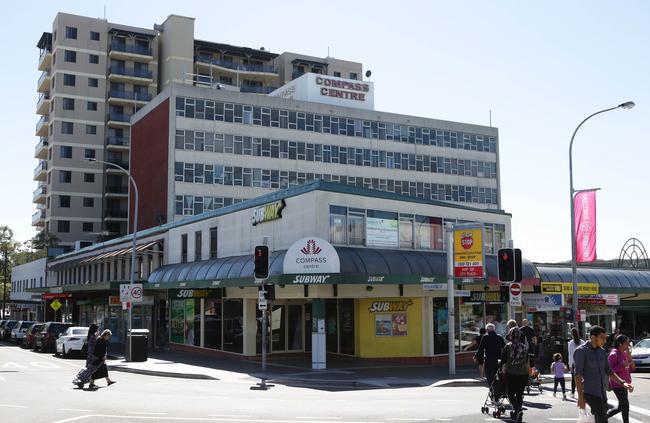
The Express
Don't miss out on the headlines from The Express. Followed categories will be added to My News.
WALKABLE grid roads with thriving town centres and a mix of developments are key to creating the 30-minute city of the future, a new report by the Committee for Sydney has said.
Their report, Re-balancing the City: Town Centre Renewal for Sydney, was released last month, to support the Greater Sydney Commission’s Greater Sydney Region Plan, which embraced the principle of the 30-minute city.*
READ:
Government wrong to suspend development
Canterbury-Bankstown cheers over housing backflip
Mayor calls housing policy a “train wreck”
Sydney falling behind similar global cities
The committee is an independent think tank made up of representatives from major companies, universities, not-for-profits, government departments, and cultural, sporting and marketing bodies.
Its aim is to help the city collaborate more effectively as a whole.
The report focused on town centres, as the committee believed those improvements could heighten the quality of life for residents.
It identified 13 features that made a successful town centre, including fine-grain*, mixed-use street frontages; a variety of residential building types; walkable urbanism; social infrastructure; and providing parking in different ways.
A committee spokesman said because the report related to town centres, fine-grain and mixed-use zones were not proposed to be just residential.
businesses, essential services, community open space, and recreational offerings as well.
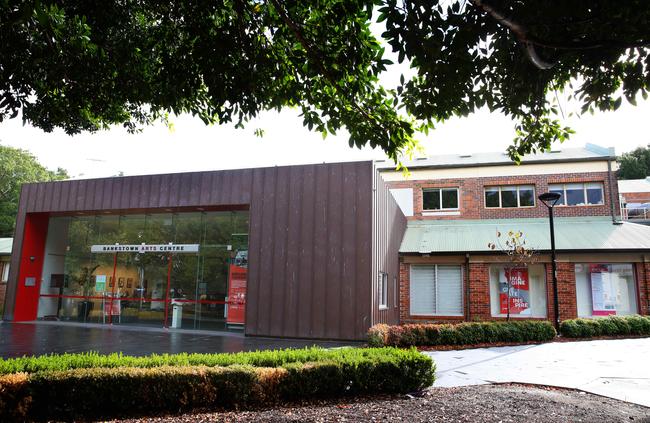
“A lot of the more recent development you’ve seen around local CBDs has been these huge developments that are exclusively housing, which is entirely the wrong model for renewal,” he said.
“We need to create places, not just houses, and that means providing space for
“It’s the mix of residential, business and recreational facilities that makes a town centre successful, and frankly, we’re never going to achieve the Greater Sydney Commission’s desired vision for a ‘30-minute city’ if all we’re doing is putting houses out west and not providing places for our businesses to flourish.”
The spokesman said while designing town centres with a grid of streets, similar to Auburn’s layout, was the best way to improve walkability, it could also be achieved through more innovative use of space between buildings.
“It’s about putting in place rules and guidelines to encourage the development of increasingly walkable districts over time,” he said.
“Liverpool is luckier than a lot of Sydney’s other town centres in that its CBD already has a pretty decent grid layout, so you could realistically achieve town centre renewal without needing to dig up any of the existing roads.”
READ:
100 Sydneysiders to help decide city’s future
Council eyes amazing anti-speeding technology
Council rejects Metro housing plans
New plans to put Bankstown Station underground
The report noted the Bankstown Arts Centre as an example of social infrastructure done well.
“The Bankstown Arts Centre contains studios, galleries, and meeting rooms that can be booked for many different occasions,” it said.
“The facility occupies a re-used industrial building near the fine-grain retail centre just to the south of Bankstown Station.
“Linking social infrastructure into the town centre has improved the ability for the town centre to attract and retain people throughout the day.”
For parking, the report recommended following an example by Vauban, Germany, which has centralised garages that provide parking for residents and businesses within the precinct, removing parking from almost all residential streets and private garages.
“Residents must choose to lease or purchase a space as a separate cost to purchasing or
renting their property,” the report said.
The spokesman said this example showed there were an increasing number of people “who have a preference for living close to public transport and who are doing away with the car altogether, but at the moment, they’re forced to pay as much as $40,000 more for an apartment than they need to just to get a spot that is then unused or underused”.
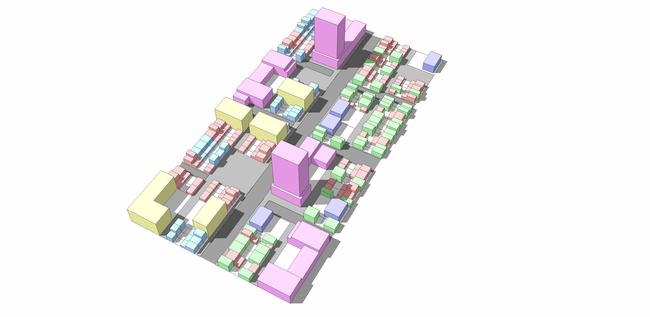
“We’re talking about apartments located in areas that are a very short walk from the train station and from grocery stores and other necessities,” he said.
“As local CBDs are renewed over time, you ideally want them to turn into mixed-use places where all your day-to-day essentials are within a short walk from the residents who choose to live there, so in that context, car parking for these individuals is likely to be less important than it would be for people in the suburbs.”
Read the full report here.
* WHAT IS …?
■ Fine grain and mixed use: Blocks that contain a mix of residential, retail, commercial and light industrial uses that encourage walking/cycling and a diverse and vibrant appearance, rather than big box developments, like many shopping centres.
■ 30-minue city: Residents should be able to travel from their home to work within 30-minutes, plus improve access to schools, health and government services, shops, green spaces, recreation and entertainment.
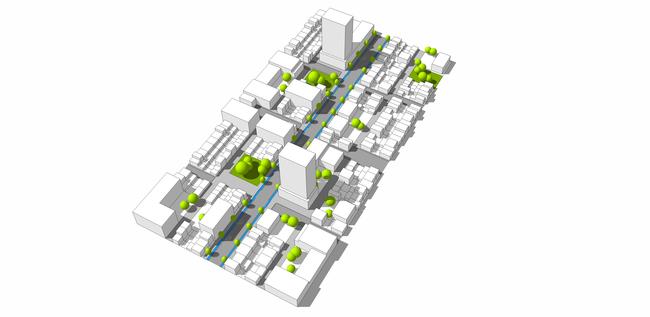
THE PLAN FOR CANTERBURY-BANKSTOWN
MULTIPLE levels of government need to work together better on a micro level, the Committee for Sydney’s report said.
One of the main recommendations of the Re-balancing the City: Town Centre Renewal for Sydney report was to establish Town Centre Renewal Deals.
These deals, similar to the recently completed Western Sydney City Deal, would be jointly developed by councils and the Greater Sydney Commission to bring stakeholders together around each site’s long-term renewal program.
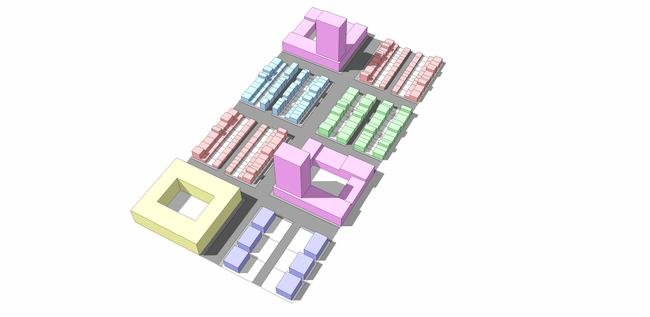
The “Town Centre Renewal Deal team” would distribute funds, jointly provided by government and business, to see the renewal plans come to fruition.
A committee spokesman said the centre deals were key to the plan’s success.
“Bankstown has been identified as one of the Greater Sydney Commission’s key strategic centres, but one of the concerns we keep hearing from local councils is that it’s not always easy to get the NSW Government and local council to agree on renewal plans,” he said.
“Creating great places isn’t easy and there’s no single policy that can create a location where businesses want to locate and families want to live.
“That's why our report proposes 13 features that we want to see introduced in town centres like Bankstown and Campsie.”
IN OTHER NEWS
A Canterbury Bankstown Council spokeswoman said the council was already working with the committee to explore the concept of centre deals.
“A version of the ‘centre deals’ process is slated to start mid next year for Bankstown,” she said.
“Bankstown has been declared a ‘collaboration area’ and ‘health and education precinct’ by the Greater Sydney Commission in the South District Plan.
“Rejuvenating town centres can’t be done in isolation and collaboration is critical when different agencies own and manage the train lines, bus networks, hospitals, waterways and schools.”
The spokeswoman said the council would continue to deliver projects under their Liveable Centres program to ensure all town centres were maintained and upgraded when required.
